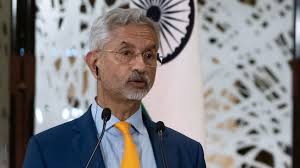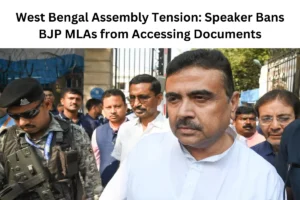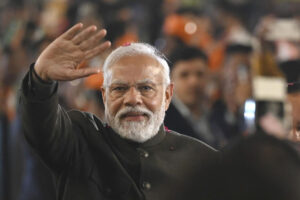
source - internet
India and China recently agreed on a new patrolling arrangement. However, trust will take time to rebuild, noted External Affairs Minister S Jaishankar. Speaking to university students in Pune, he emphasized that India’s military readiness, diplomatic engagement, and improved border infrastructure were key in achieving this agreement.
Jaishankar explained that since the border dispute erupted in 2020, India’s stance, backed by military presence and diplomatic efforts, has led to progress. Infrastructure development in border areas enabled effective military deployment, allowing India to hold its ground. This focus on preparedness has significantly impacted the situation.
When asked about the future of India-China relations and the recent patrolling arrangement in Eastern Ladakh’s Depsang and Demchok areas, Jaishankar stated, “The border situation has remained tense since 2020, and it has negatively affected our relationship with China. We have been negotiating solutions since September 2020.”
Jaishankar stressed the need for disengagement to reduce the risk of unintended conflict due to close military proximity. He noted that China’s troop buildup and India’s response have led to discussions on de-escalation and the broader boundary dispute.
For now, India and China focus on disengagement. Jaishankar highlighted that while progress was made in some areas since 2020, patrolling blockages remained a challenge, under negotiation for two years. “On October 21, we agreed to resume patrolling in Depsang and Demchok as it was before. This step was crucial as it enabled leaders to meet, like the Modi-Xi meeting at the BRICS summit in Kazan, Russia,” Jaishankar added.
Looking ahead, Jaishankar advised patience. “After four years of border disturbances, trust-building will take time,” he explained. Achievements so far were due to India’s steadfast military defense and diplomatic actions, combined with focused infrastructure development. He noted, “Resource allocation for border infrastructure has increased fivefold, enabling better military deployment.”
Recent satellite images showed Chinese forces dismantling structures in Depsang and Demchok. The patrolling agreement, announced by Foreign Secretary Vikram Misri, is set to complete disengagement by October 29. Prime Minister Modi and President Xi Jinping expressed support for the agreement during their meeting on Wednesday.
The India-China standoff began in May 2020, with the deadly clash in Ladakh’s Galwan Valley soon after. Since then, both nations have engaged in talks, leading to troop withdrawal in Ladakh’s Gogra-Hot Springs in September 2022, restoring the pre-2020 status.
for more updates follow ANN MEDIA on facebook , X , Instagram and Linkedin







